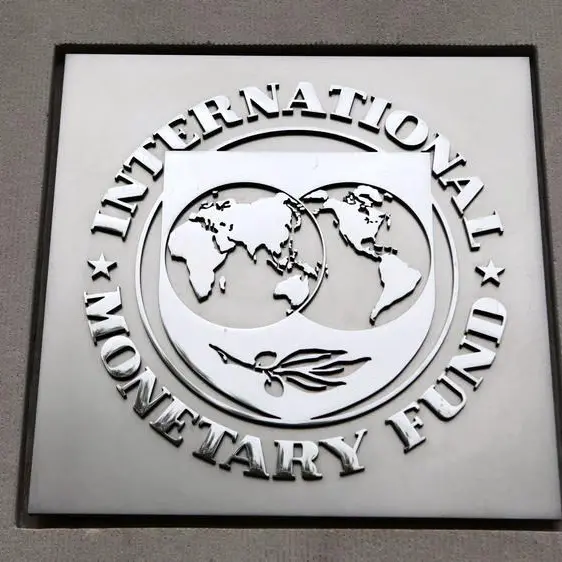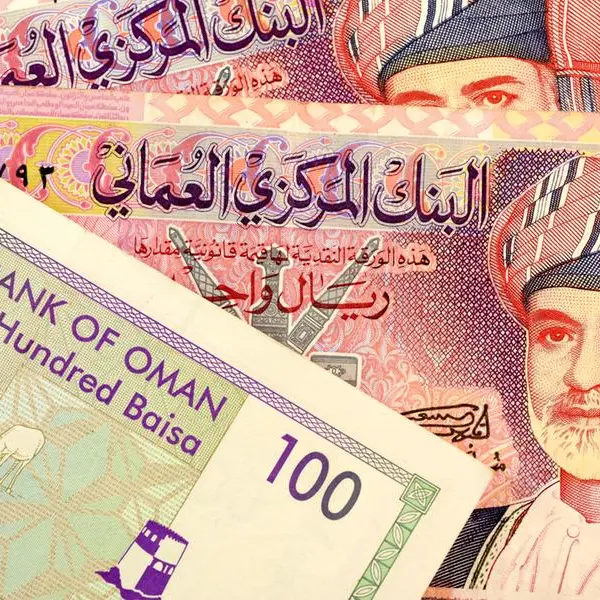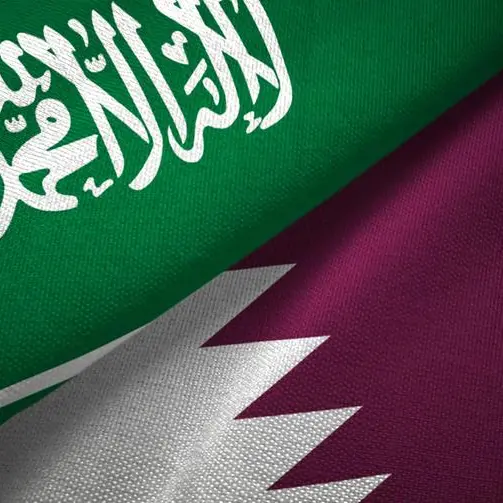PHOTO
These traders factored in the cost of VAT into the prices of goods they bought from counterparts in both of Oman’s neighbours, despite a pan-GCC agreement that prices in non-VAT paying nations must not be changed, according to the Times of Oman.
Under the terms of the framework agreement to diversify GCC economies away from their dependence on oil, both Saudi Arabia and the UAE imposed five per cent VAT on 1 January 2018. The VAT applies to luxury goods and electronics, which are regularly shipped to Oman.
Although VAT is only to be introduced in Oman in 2019, residents and citizens in the country are already feeling the pinch in their day-to-day spending, which in turn increases their monthly expenditure and reduces the amount they can save, since VAT stops at the end consumer who pays for the increase.
Ramanuj Venkatesh, a VAT accounts manager with experience in both Oman and the UAE, said, “The UAE’s exports to Oman have been steadily growing, but Oman has not yet been registered for VAT. Under the GCC framework, suppliers from UAE would export their goods to a Non-VAT registered country at a zero rate, which implies zero VAT.”
He added that it is a misconception among local distributors in Oman who would think that the goods coming from a VAT registered nation would be more expensive, according to the Times of Oman.
© 2018 CPI Financial. All rights reserved. Provided by SyndiGate Media Inc. (Syndigate.info).












